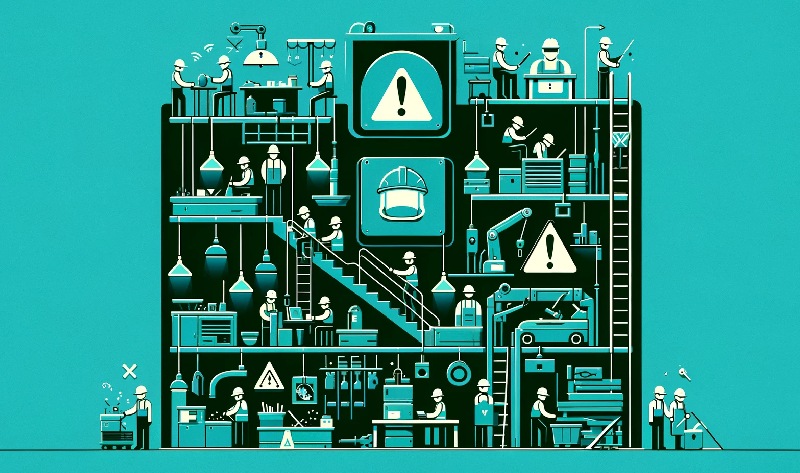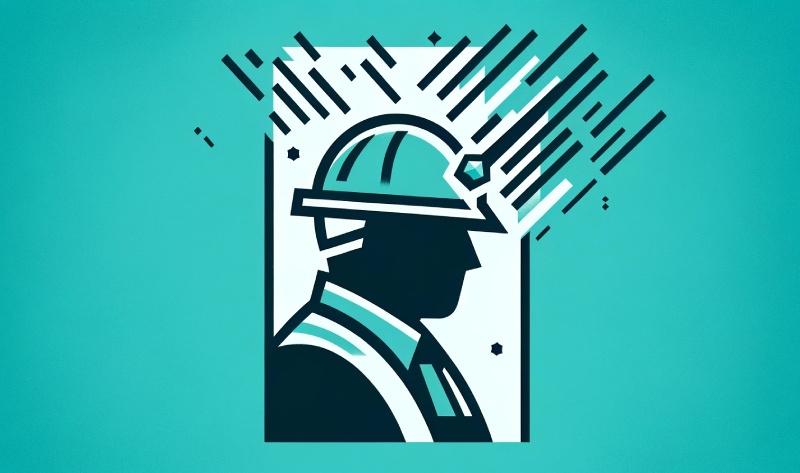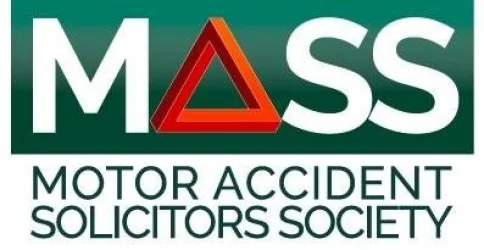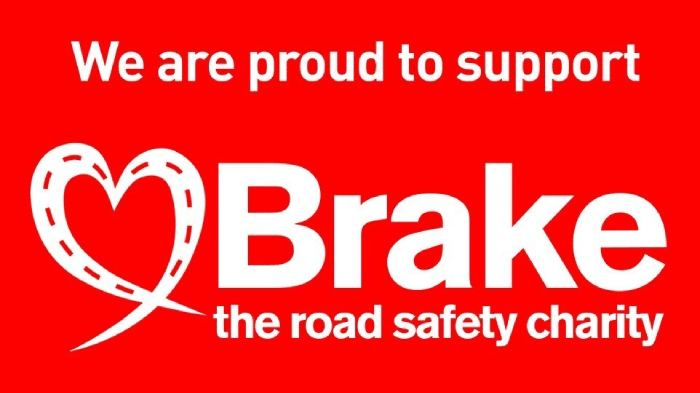In 2014/15 there was an estimated 2.1 million working days lost in the UK due to injuries, slips and trips in the workplace. Thankfully, the vast majority of these accidents were non-fatal. However, there is no doubt that accidents at the workplace are bad for everyone. Productivity decreases which harms the company bottom-line and more importantly, the individual employee is forced to suffer the pain or discomfort caused by their injury.
Workplace accidents are commonplace, yet most are avoidable. Here is Paschal O’Hare Solicitors’ tips for employees & employers on how to reduce injuries in the workplace.
1. Be aware of risk
Every job has some element of risk involved and it is important that employers recognise this and endeavour to keep staff safe. Even the most unlikely injuries might occur in an equally unlikely environment. To combat this, employers might conduct regular risk assessments to determine which health & safety procedures should be implemented. It is always a good idea to involve staff at all levels in the risk assessment process – They’re the guys on the ground after all.
2. Stay vigilant
Employees should keep their eyes peeled for potential causes of injury and subsequently report their findings to the appropriate person within the business. By maintaining vigilance, the employee is helping to safeguard both their own well-being, and that of their colleagues & friends. Employers might consider implementing an anonymous health & safety reporting system to increase the likelihood of employees reporting even the most minor risks – We’re a hardy workforce in NI after all.
3. Drills makes skills
Employers should invest time into the conduction of emergency drills. Although many employers and employees dread the thought, a drill is the best method to ensure everyone knows how to react in an emergency and get through it in the safest way possible. It is important that employers ensure full commitment from staff whilst conducting an emergency drill. Those that do not pay attention are most at risk should a real emergency occur.
4. Post & read safety guidelines
Direct action or policy changes might not always be possible to eliminate the findings of a company’s risk assessment. Often the best course of action is to simply make people aware of a potential of risk and how to best avoid it. Employees should look for and adhere to safety guidelines posted in key locations by their company. Despite popular belief, safety notices are placed for a reason and usually as a result of an in-depth analysis (see point 1).
5. Slow & steady wins the race
One of the key causes of accidents, injuries, slips and trips in the work place is a tendency toward shortcuts in work. Unsurprisingly, this particular issue tends to occur close to clocking-out time. Employees are understandably keen to finish their working day and get home as quickly as possible. Often these employees feel pressured to meet deadlines. When tempted to bend the health & safety rules to finish a job quicker, it’s important to remember that nothing will ruin leisure time at home like a visit to the Royal Victoria Hospital. Moreover, any reasonable employer would much prefer a deadline to be missed than an employee become injured.
Although steps can be put in place to reduce the risk of injury, it is impossible to remove it completely. At times and for various reasons, mistakes can be made. If you were involved in an accident at work that was the fault of someone else, you might be entitled to compensation.
We’re work accident claims experts. If you have been involved in an accident click here to learn more about our services or contact us for free no obligation discussion on how we can help you.













